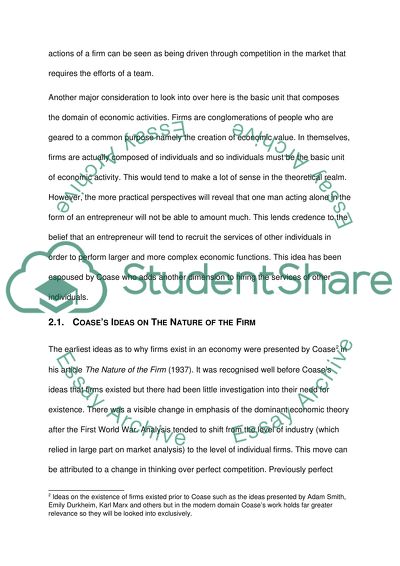Cite this document
(“Economics for Lawyers (Law and Economics) Essay”, n.d.)
Retrieved from https://studentshare.org/law/1396703-economics-for-lawyers-law-and-economics
Retrieved from https://studentshare.org/law/1396703-economics-for-lawyers-law-and-economics
(Economics for Lawyers (Law and Economics) Essay)
https://studentshare.org/law/1396703-economics-for-lawyers-law-and-economics.
https://studentshare.org/law/1396703-economics-for-lawyers-law-and-economics.
“Economics for Lawyers (Law and Economics) Essay”, n.d. https://studentshare.org/law/1396703-economics-for-lawyers-law-and-economics.


